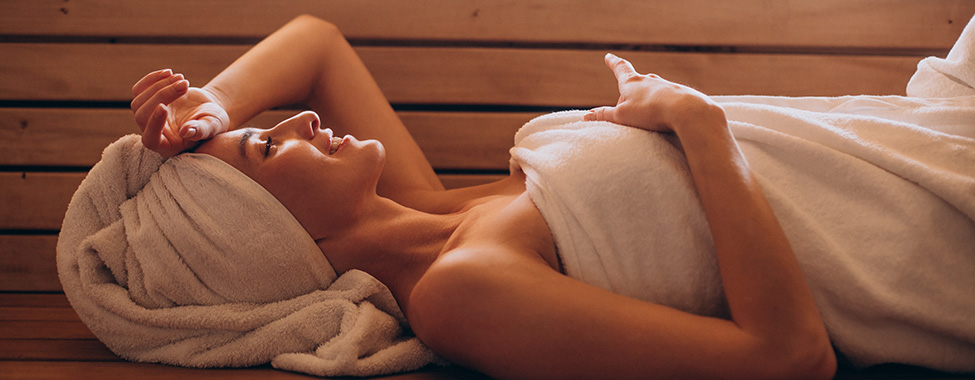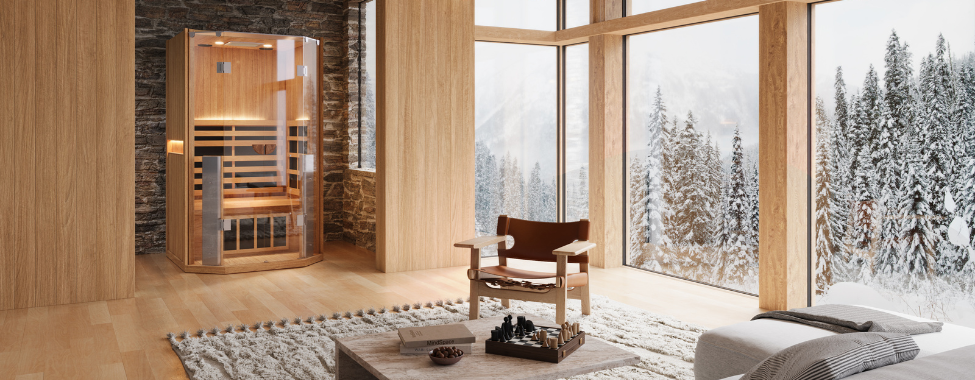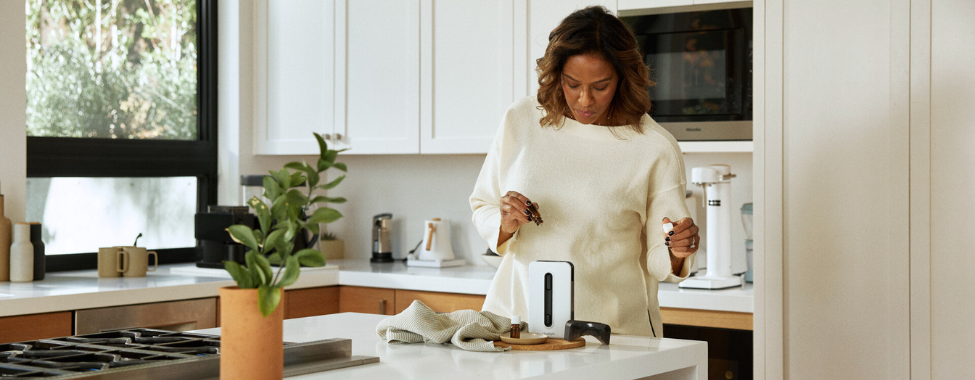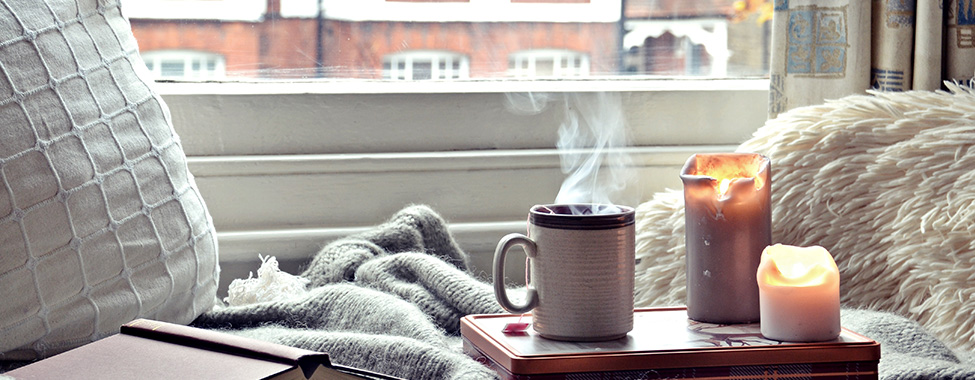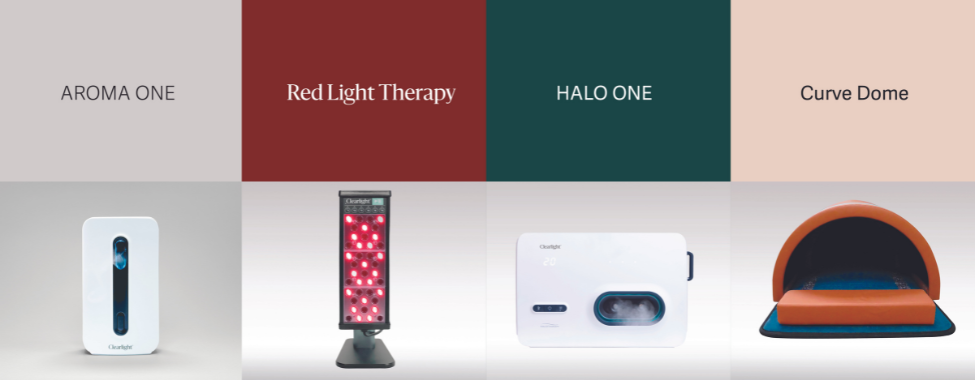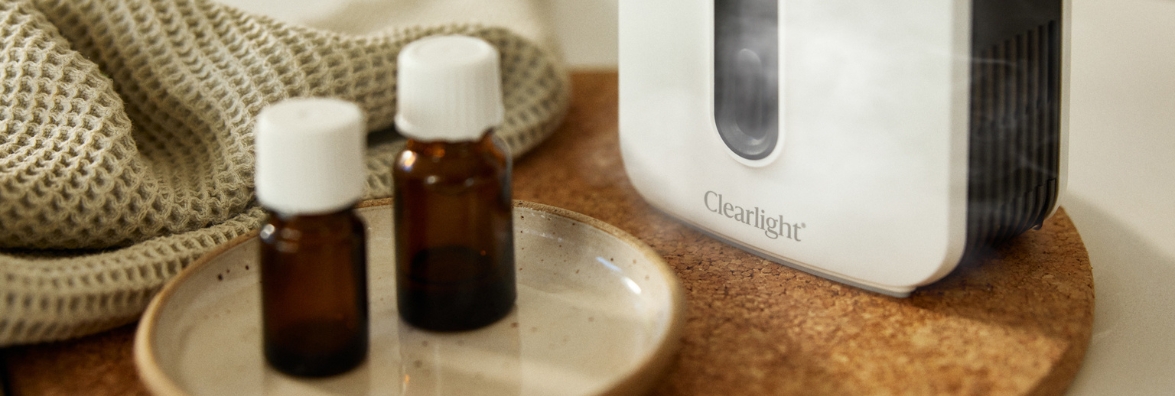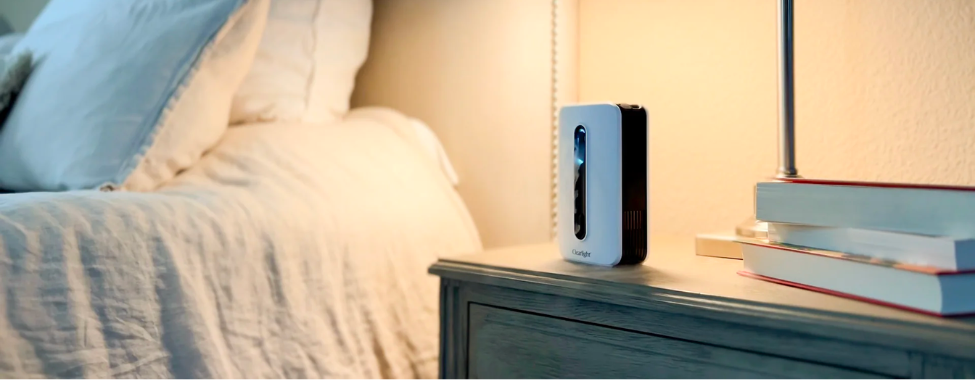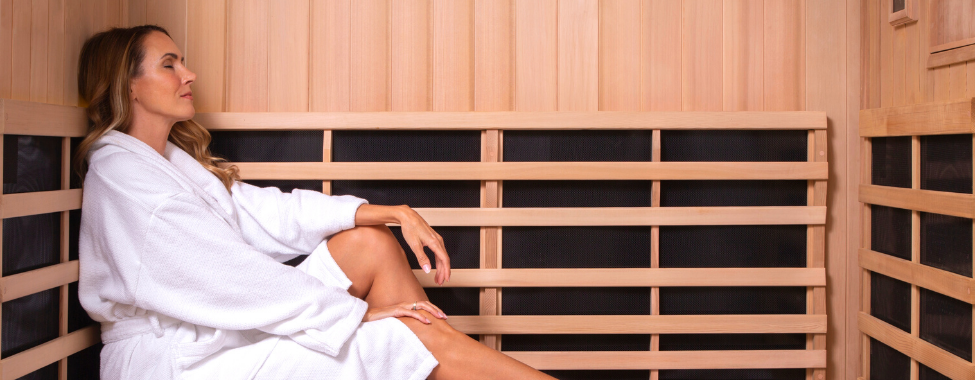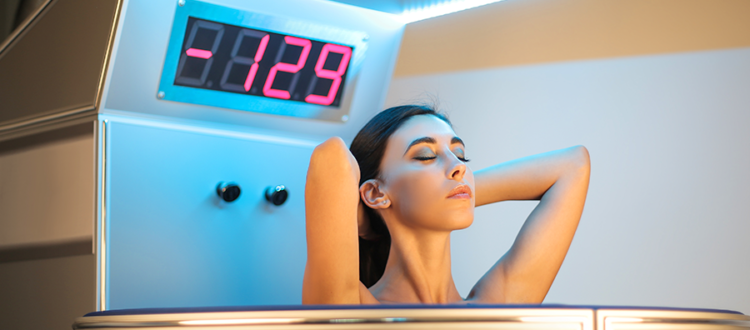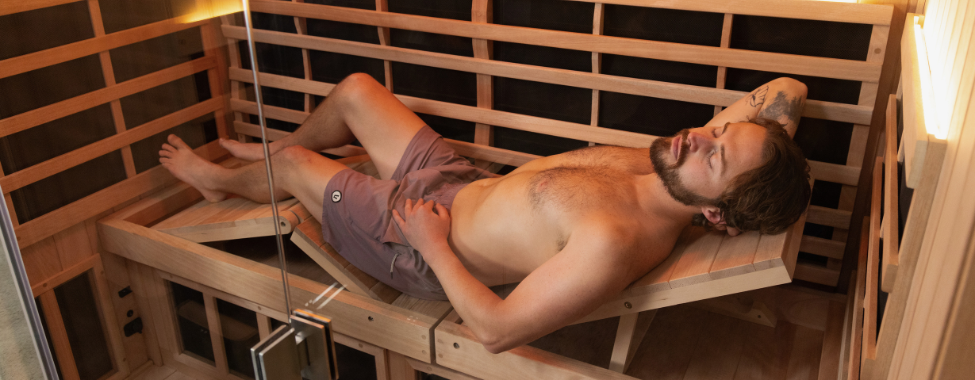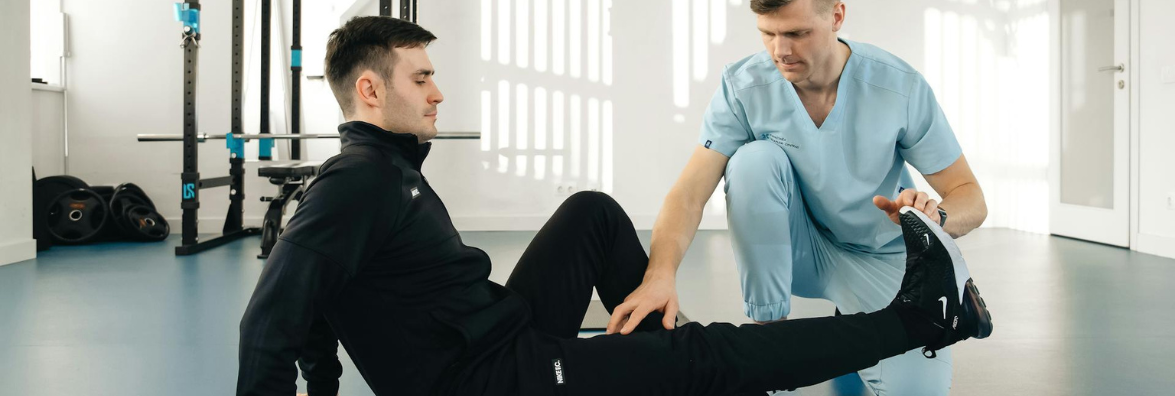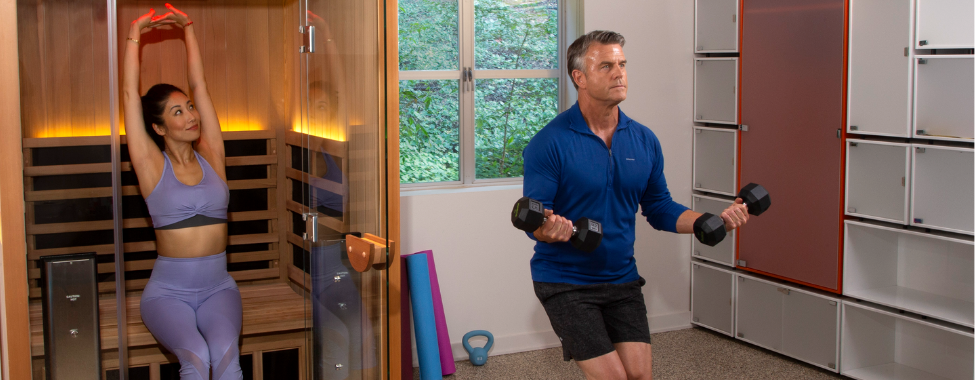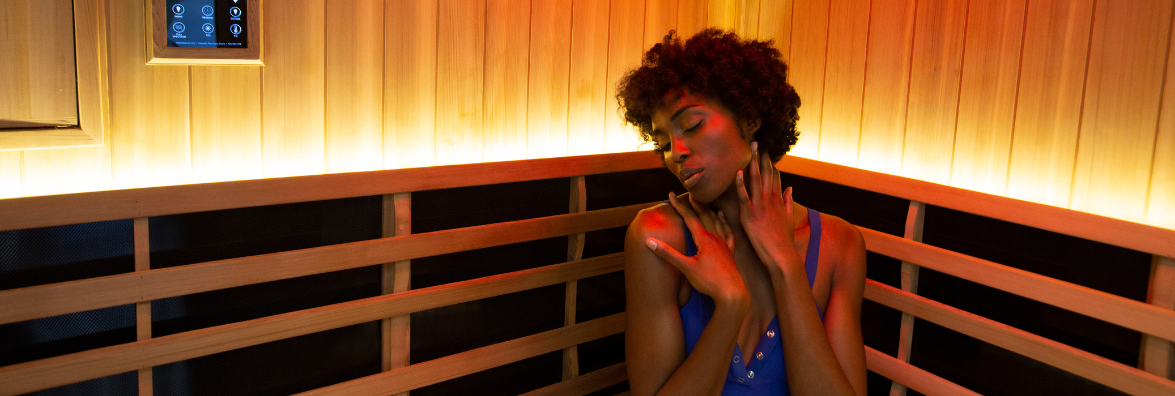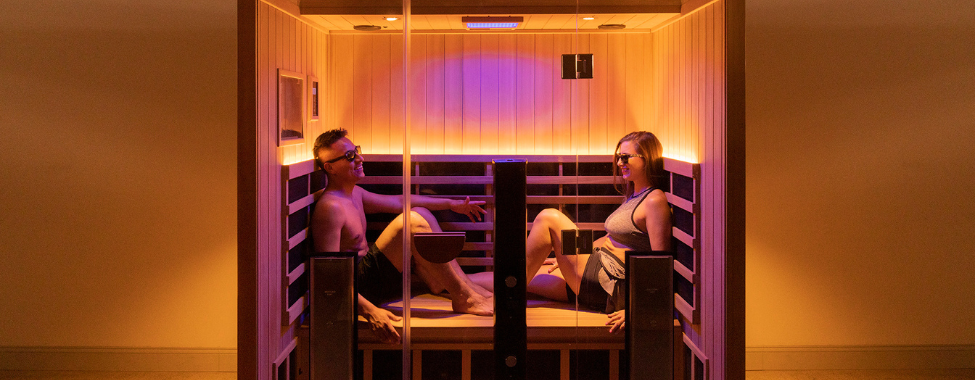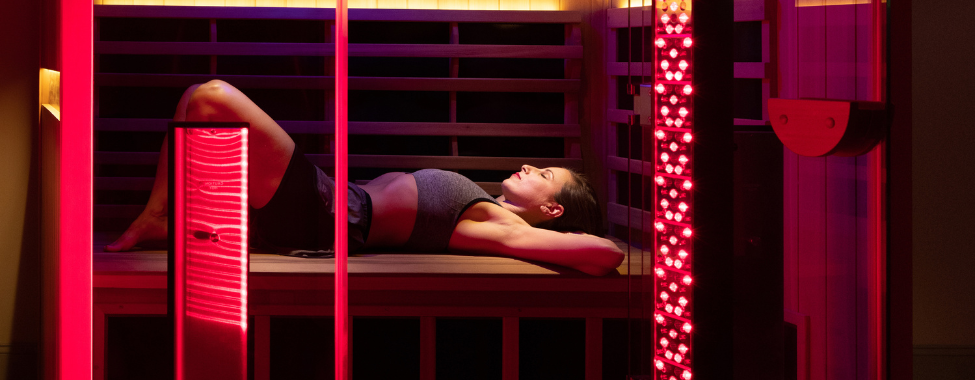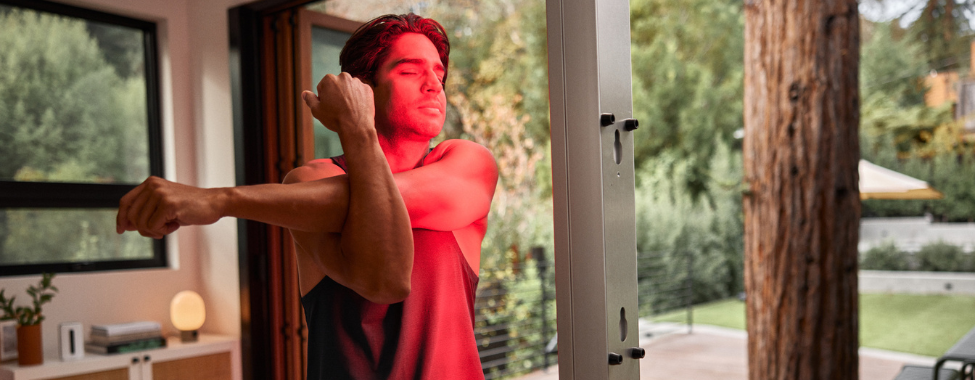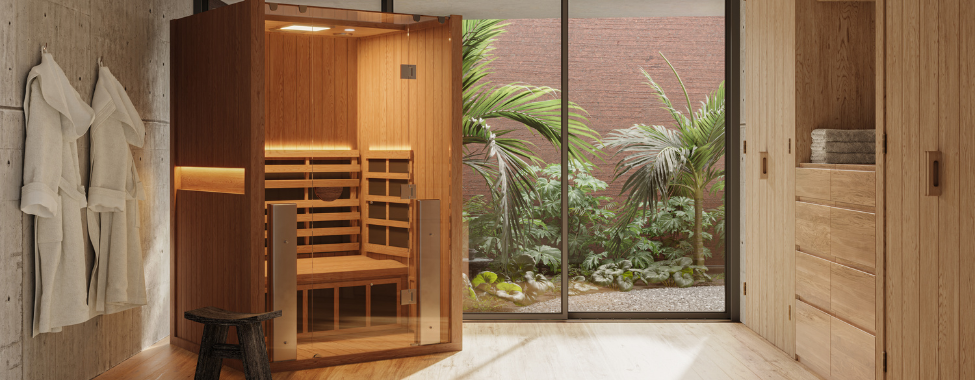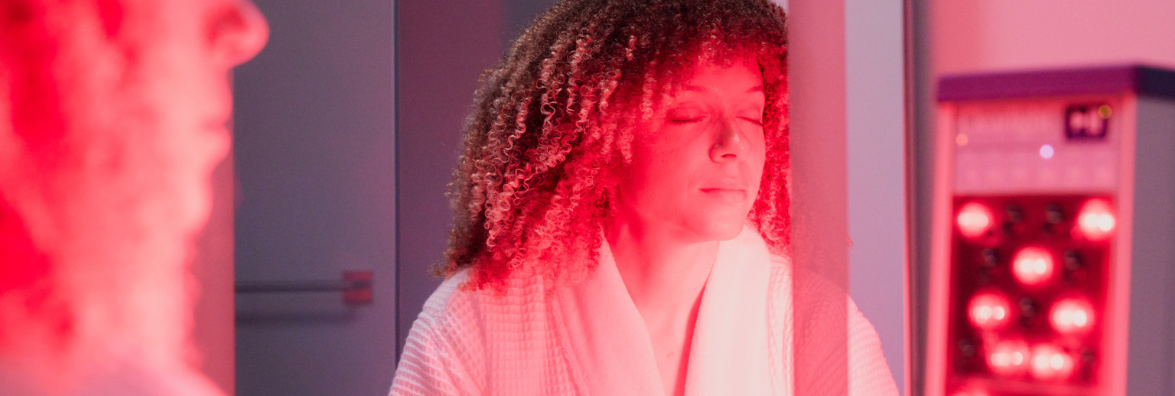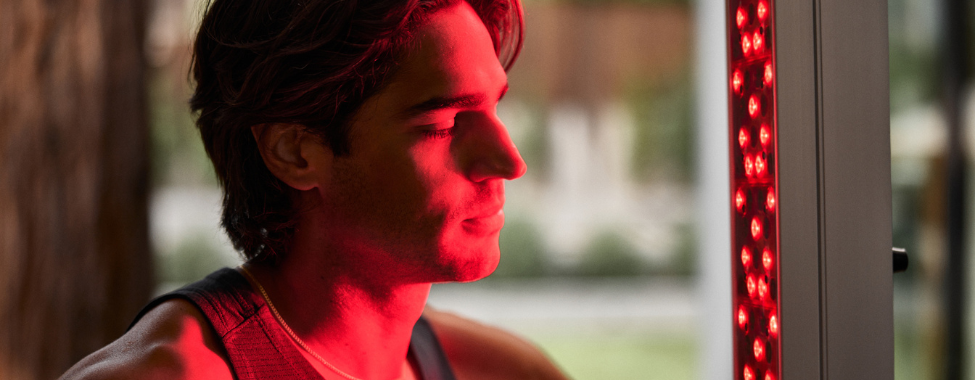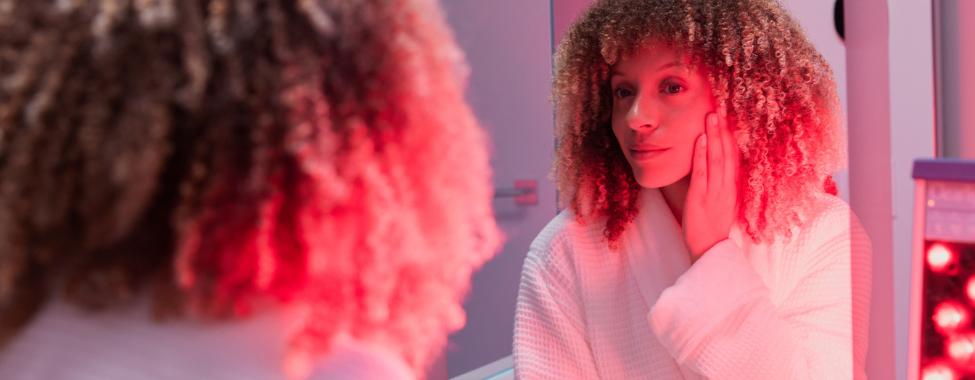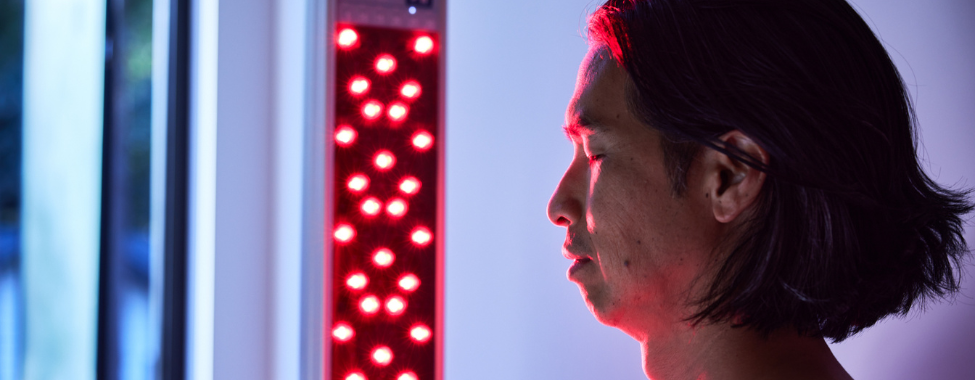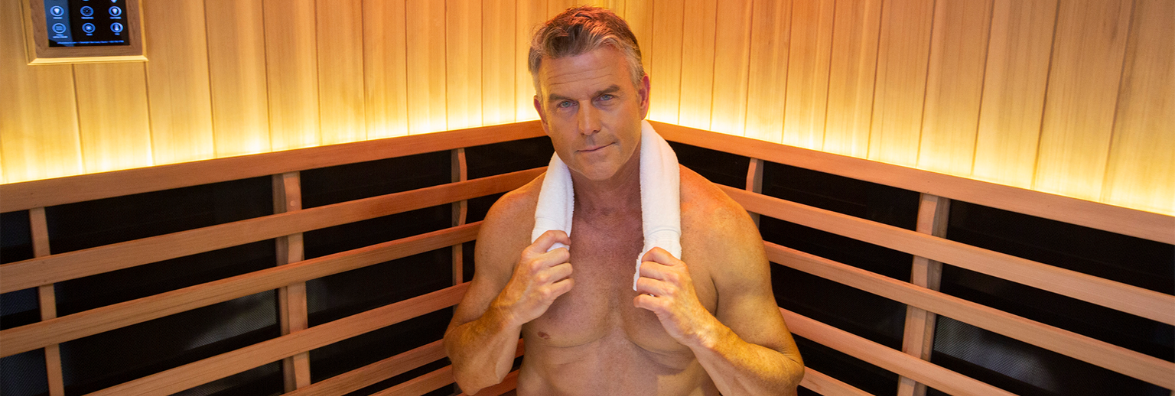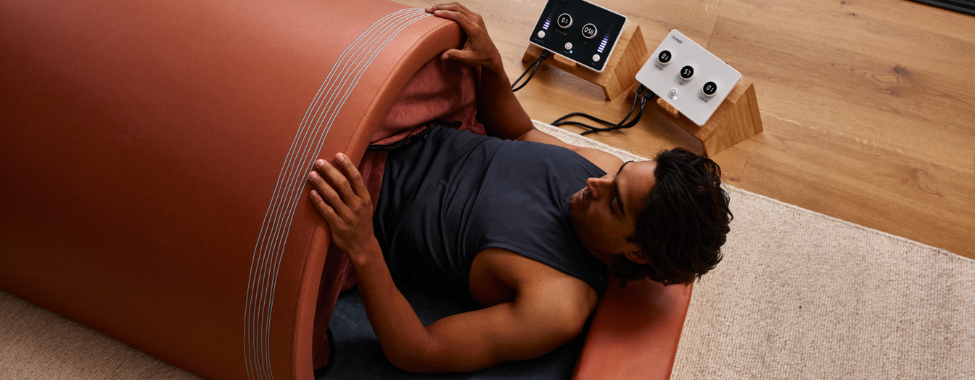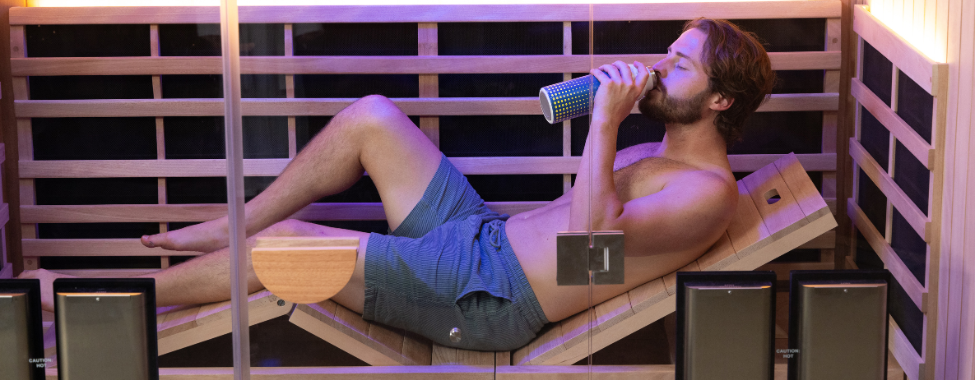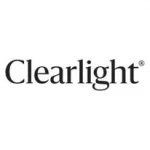Can infrared sauna use help make your immune system stronger? Yes! Consistent infrared sauna use can support and strengthen your immune system by mimicking the body’s natural fever response, increasing white blood cell production, and improving circulation. Research shows that mild heat exposure activates immune cells, enhances detoxification, and reduces stress hormones, all of which help your body resist illness more effectively.
Infrared saunas don’t “cure” or prevent disease, but they do help your body maintain optimal immune balance. By offering a list of health benefits like reducing daily stress and supporting detoxification and recovery, sauna therapy creates the ideal environment for your immune system to function at its best.
Why Immune Health Matters More Than Ever
Catching a seasonal cold or virus is often part of modern life. From crowded offices to grocery store trips, daily exposure to germs is unavoidable. And in the colder months, when we’re spending more time huddled indoors, immune health matters even more. But how often, and how severely, you get sick depends largely on your immune strength.
While your immune system is designed to defend you, modern stressors like poor sleep, processed foods, and chronic stress can make it harder for your body to fight back. Regular infrared sauna use offers a natural, science-backed way to support immunity health by helping the body relax, detoxify, and recharge.

What Weakens Your Immune System?
Before exploring how infrared heat strengthens your body’s defenses, it’s helpful to understand what can weaken them. Your immune system is influenced by lifestyle, stress, and environmental factors. Here are some of the biggest culprits:
Inactivity
Sedentary behavior weakens circulation and slows the movement of immune cells throughout the body. In contrast, moderate heat exposure, like in a sauna, mimics light exercise by raising heart rate and stimulating blood flow.
Chronic Stress
Elevated cortisol, the body’s stress hormone, suppresses the activity of immune cells that fight infection. According to the American Psychological Association, chronic stress can lower lymphocyte counts, making you more vulnerable to viruses and slow healing.
Nutrient Deficiency and Dehydration
A diet lacking in zinc, vitamin D, and antioxidants leaves immune cells undernourished. Processed foods and dehydration further increase inflammation and oxidative stress, which can disrupt immune balance.
Poor Sleep
Your body produces cytokines, proteins that target infection, primarily during deep sleep. Research from the Sleep Foundation and Frontiers in Immunology (2023) shows that people who sleep fewer than seven hours a night are nearly three times more likely to catch a cold compared to those who sleep eight or more.
Environmental Toxins
Heavy metals, air pollutants, and BPA can accumulate in tissues, placing a constant burden on the immune system. Infrared saunas support detoxification pathways to help reduce this toxic load.
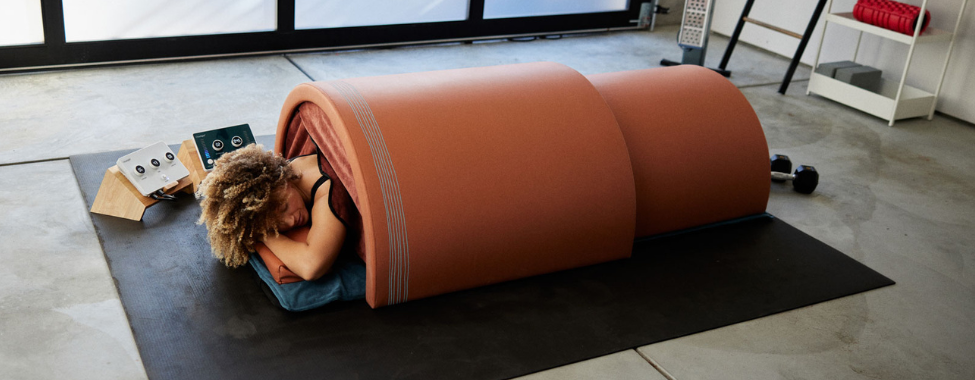
How Infrared Heat Supports Immune Function
Unfortunately, some of the causes of a weak immune system may be unavoidable at times, and we may need some support. While studies show that infrared sauna use directly benefits the immune system, it also provides you with health benefits when it comes to sleep, stress, and detoxification, giving you a well-rounded experience that positively impacts multiple aspects of your well-being.
Benefits of an infrared sauna that specifically help to strengthen your immune system include:
Boosts White Blood Cell Production
The heat generated by an infrared sauna stimulates energy at a cellular level which, in turn, increases the body’s production of white blood cells. These cells form a component of your blood and act as your immune system’s first line of defense when infection strikes. When a harmful substance enters your body, white blood cells detect it and control the immune system’s response. Clearly, these small cells are critical when it comes to the functionality of our immune systems. An increased production of white blood cells, as stimulated by infrared sauna use, can help the body to more effectively fight off illnesses.
Mimics a Fever for a Stronger Response
Hippocrates famously said, “Give me a fever and I can cure any disease.” The idea that increased temperatures trigger the body’s immune system response is certainly not new. Fevers help your body to fight off infection by allowing certain immune cells to work more efficiently and effectively. Hyperthermia, or the exposure of the body to high temperatures, gives these cells the ability to destroy virus-infected cells. A 2015 study found that repetitive mild hyperthermia can enhance immune responses.
Promotes Natural Detoxification
One major benefit of infrared sauna use is detoxification. When your body does not sweat enough, it holds onto potentially harmful toxins, chemicals, and impurities that were meant to be eliminated through sweat. These impurities may come from the food you eat, the air you breathe, the liquids you drink, and anything else you may consume. Ensuring that your body can eliminate these toxins efficiently is one of the best ways to stay healthy and support your immune system. A typical 20-minute session in an infrared sauna allows your body to flush out these impurities from the inside out so your immune system has less to fight off.
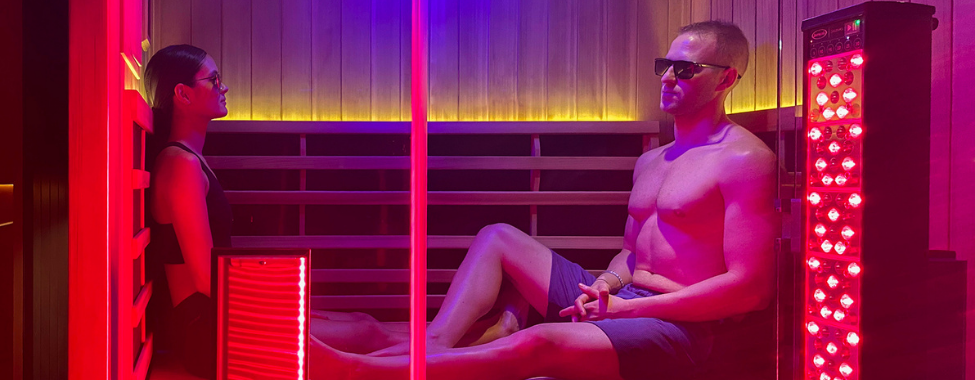
Stimulates Cellular Regeneration
Infrared sauna usage can also strengthen the immune system by stimulating cell regeneration, especially when paired with red light therapy. This kind of regeneration can help your body dispose of cells that might be old, damaged, or ineffective and replace them with new cells. Over time all cells are regenerated, but the heat from an infrared sauna catalyzes the regeneration process and ensures all bodily systems are running smoothly. This is especially beneficial during the cold and flu season when the body is being attacked more frequently.
Improves Circulation and Oxygen Flow
The deeply penetrating heat of an infrared sauna promotes blood circulation throughout your entire body, providing oxygen-rich nutrients to your extremities. This means that any areas that were poorly circulated before your sauna session will be flushed out, and any harmful substances that were building up may be released through sweat. The increase in circulation pumps the blood towards the outside surface of your body, taking with it any bacteria or other illness-causing substances. Better circulation also benefits the heart, muscles, and arteries.
Reduces Stress and Balances Cortisol
Since high stress levels often result in a weakened immune system and, as a result, illness, reducing your stress levels is crucial when it comes to maintaining a healthy body. Excess levels of cortisol, the hormone that is released when the body is stressed, can weaken your immune system’s ability to fight off harmful bacteria and viruses. Regular use of an infrared sauna balances cortisol levels and relaxes the body and mind. This allows your immune system to work efficiently, without the hindrance of high cortisol levels.
Strengthen Your Immune Defenses Naturally
Cooler weather brings with it many things. Illness does not have to be one of them. With proper care and preparation, your immune system can stand up to the cold and flu viruses that seem to be waiting until the cooler months to attack. The use of an infrared sauna strengthens your immune system by increasing white blood cell production, triggering the immune system, releasing impurities, improving blood circulation, regenerating cells, and promoting relaxation. With a strong defense system, you are free to enjoy life in full health.
Clearlight® infrared saunas offer an experience that will aid your body with the immune-boosting benefits mentioned above and more. With an array of infrared sauna sizes and styles available, you are sure to find the perfect sauna to suit your home. Learn more and get yours in time for the cold and flu season.
 Canada
Canada Australia
Australia New Zealand
New Zealand Germany
Germany UK
UK EU
EU Ireland
Ireland Malaysia
Malaysia China
China Japan
Japan
